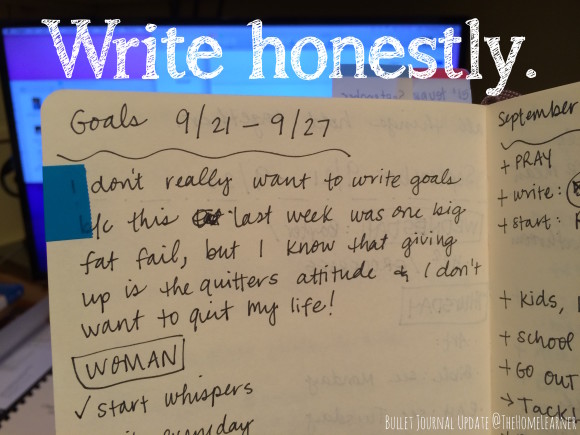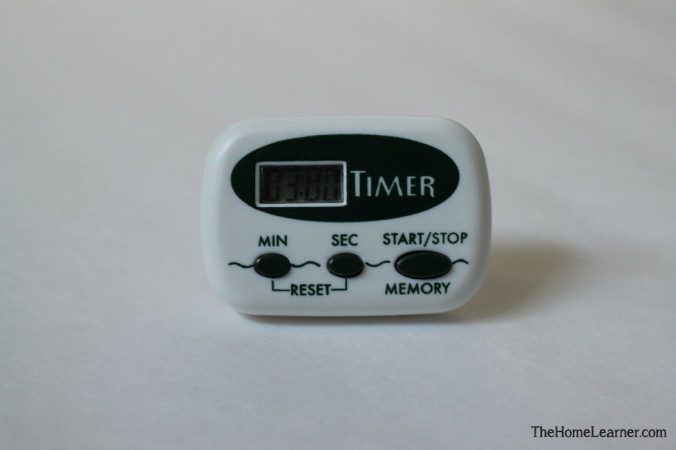I know yesterday was Cyber Monday, but more importantly it was the first Monday after a holiday and that’s a real test in a homeschool. Sometimes I have skipped taking days off (we did our lessons on Labor day!) because I feel like with younger children it’s easier to keep routine than break it and repair it.
We took 3 days off of our lessons last week for Thanksgiving, and I felt the effects of the lack of routine.
Holidays and homeschool. All the people, places, meals, and traditions on top of lesson plans, chores, and daily routines. It can all feel like too much; recovery from one party can rob days of productivity. Kids of all ages sense that a lot is going on and find a hundred other things to busy themselves with in order to appear unable to sit down to do their lessons as usual.
Pushing everyone in order to do it all never ends with Happy Holidays, but throwing in the towel and letting the lesson plan pause until January isn’t the answer either. (I know, when January rolls around no one wants to “do school.”)
So this December, I’m going to set up a guide to help border my time, decisions, and essential routines so that I don’t fall for the ever illusive extended-holiday-laziness-isn’t-going-to-hurt-anyone temptation.
Simplify Stuff. It’s time to remove all the clutter (again). Toys, decorations, clothes that no longer fit, and piles of books all need to be paired down. Taking time to work on one room a day for just a few days pre-party will relieve the overwhelm of all the holiday things that come home with kids every time they go to a party or event.
Simplify Food. Parties always have great food, so don’t feel like your weekly menu has to be amazing. Eat simply, fresh salads and staples from the pantry will be perfect for this season. If you’re taking a dish to a party, then make something you already know. Don’t take on a new recipe an hour before you’re supposed to arrive at a loved one’s house. Sometimes the most simple dish is the favorite. Don’t put added pressure on yourself to make flashy food.
Consider the Noon Hours. Margin time seems to get squeezed out of my schedule during holiday and busy seasons, but I can’t function well as an introvert without the alone time in the morning and evenings. Attending all the events with family and friends usually happens in the evenings and goes well past everyone’s bedtimes, which means we normally want to sleep in – translation: no margin. So, I put the margin back in to the middle of the day. We sort of have an after lunch reset (also known as a Quiet Time). I need the calm and they need me to be calm too.
The Math of Cancelling. Our regular routine includes going to different places throughout the week. We have plans that are ongoing. But during this holiday season, I know that for every 2 special events we need to cancel 1 regular event. We all have limits on how much we can handle being on-the-go and my family tends to have tighter limits (at least I do). So I’m really careful to not pretend that we are going to keep doing all-the-things as usual, and my kids generally understand.
Plan Your Party First. Get your individual family’s traditions scheduled on your calendar first. Time at home with your people is so special and important that everything else can fit in around it – not the other way around. Stick to 1 or 2 traditions that make your family unique and enjoy it. Count the time with extended family as a gift and enjoy that too.
Time Budget Backwards. Everyone wants to arrive at a party on time without any hassle (and without yelling – here’s the post on how I do that). Before budgeting time backwards, I would set an arbitrary time to start getting ready, a time to leave, and hope that everything would get done in between those two times. But now I start at the arrival time and work my way in time chunks backwards in order to include everything that needs to be done and the time I end on is my “start time.”
For example, we have a party scheduled to start at 6pm and it’s an hour drive to get there. Here’s how I plan backwards:
- Set an arrival time for 5:45pm
- Leave at 4:45pm
- Get everyone into the vehicle by 4:40pm
- Find everyone’s coats, shoes, and toys for the ride at 4:30pm
- Last call for using the bathroom for everyone at 4:20pm
- Load all extra items in the vehicle – presents, cards, desserts, etc. – 4:10pm
- Get everyone bathed and dressed 3:10pm
- Set out clothes and locate all shoes and accessories needed 3:00pm
If there is anything else that I know I will need to do – like prepare the dessert – then I will have to add that in as well. But going through the progression backwards helps me to see exactly what time I need to begin to prepare instead of just guessing that we should begin around 4:30pm and hoping that I can cram in all that we need to do.
Education in an Hour. At The Read Aloud Revival, Sarah McKenzie has created (with some expert help) an amazing resource called “Education in an Hour” which is a small, power packed part of the membership site for revivalists. If the holiday part of this season isn’t stressful to you but the education part is, then I highly recommend sampling the membership resources here to get the inspiration, support, and practical advice from the experts that we all need on an ongoing basis as home educators. (This also makes a great gift for another homeschooling mama you may know!)
Advent* began on Sunday too, so I’ve been thinking a lot about my time, personal routines, and the things I want to focus on for the rest of 2015. I won’t be blogging as usual until the end of the month in order to set my mind on the projects that I had hoped to present to all of you for the New Year. I look forward to sharing my usual “Things Learned” post at the end of December, and I will continue to connect in shorter snippets on my Facebook page.
My prayer for all of us this time of year is to focus on the first things. Don’t push through for the sake of keeping up, but don’t let go of all that is best simply because there’s too much good to keep track of. Let’s do more than survive this season as homeschool moms, let’s thrive.
Merry Christmas!
*For Advent this year we are reading Tabitha’s Travels (get it on Kindle and start it today – you’ll only be 2 days behind). This is a continuation of the story by the same author as last year’s Advent story: Jotham’s Journey (you can read my review of Jotham’s Journey here). This devotional is 90% story and 10% devotional but don’t let that ratio fool you. The reflective opportunities within the story are well worth the read. If you know a thrilling-story-loving kid, then this is the devotional for them.
Affiliate links used in this post! Thanks for your support.











